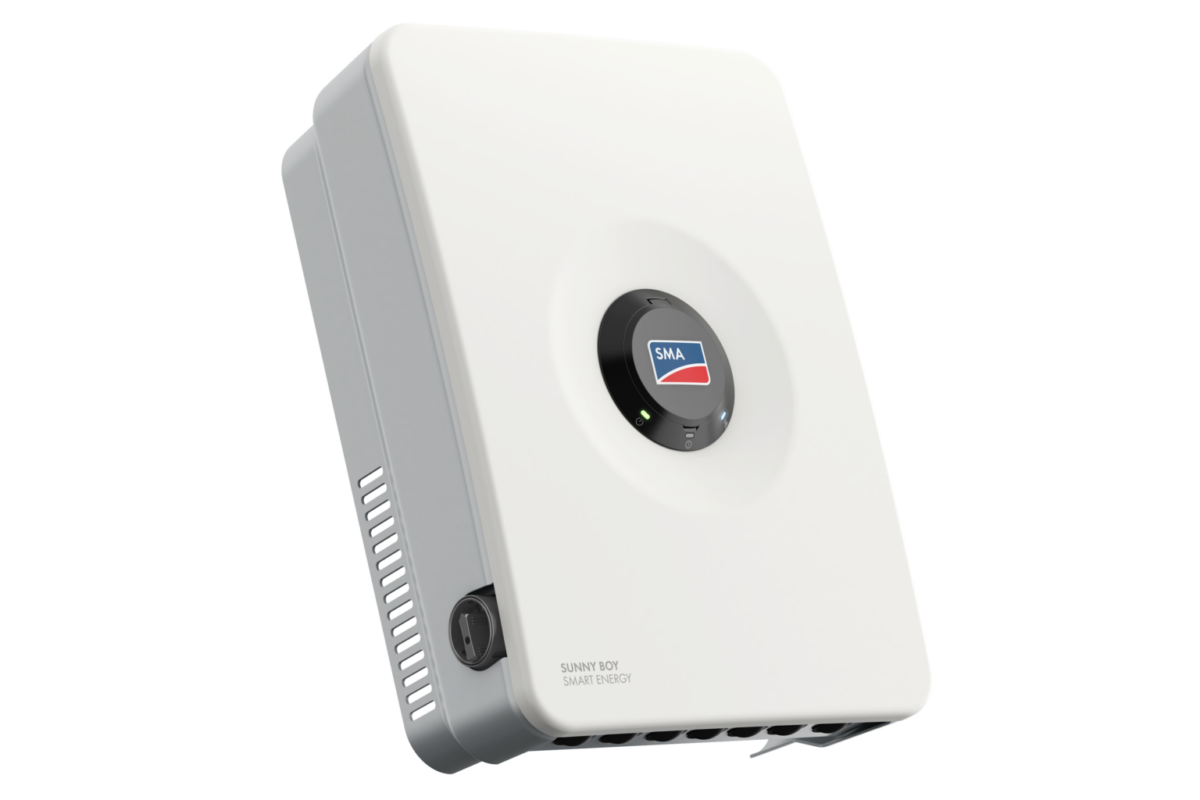Corab has unveiled a residential brine-water heat pump that can reportedly provide domestic hot water (DHW) and cooling and heating (CH) at temperatures of up to 65 C.
“We produce this new ground-source at our facility in Poland with some components provided by Danish technology company Danfosss,” Sales Manager Filip Odrobinski told pv magazine. “Danfoss supplies the compressor, the exchangers, the condenser and and the evaporator. It also provides the temperature and pressure sensors, as well as the controller and the expansion valve.”
The company offers the heat pump in three versions, with 8 kW, 12 kW, and 16 kW of rated thermal power.
The smallest model measures 700 mm x 600 mm x 1,820 mm and weighs 87 kg. It offers a seasonal coefficient of performance (SCOP) of 4.86 at low temperatures and 3.56 at high temperatures. Its coefficient of temperature (COP) is 4.3.
The medium-sized product is the same size as the other two models but weighs 90 kg. Its COP is 4.5 and the SCOP is 5.32 at low temperatures and 3.97 at high temperatures.
The largest device has the same dimensions and weight as the medium-sized model and the same COP. The SCOP is 4.82 at low temperatures and 3.71 at high temperatures.
All of the products use R454B as a refrigerant, which has a global warming potential (GWP) of 466.
The heat pump comes with a five-year product warranty and is equipped with bottom source frost protection and early anomaly warning.
Corab is offering the heat pump without installation and drill costs.
“Homeowners will have to rely on external installers and drill holes of up to 60 meters,” said Odrobinski.
This content is protected by copyright and may not be reused. If you want to cooperate with us and would like to reuse some of our content, please contact: editors@pv-magazine.com.




2 comments
By submitting this form you agree to pv magazine using your data for the purposes of publishing your comment.
Your personal data will only be disclosed or otherwise transmitted to third parties for the purposes of spam filtering or if this is necessary for technical maintenance of the website. Any other transfer to third parties will not take place unless this is justified on the basis of applicable data protection regulations or if pv magazine is legally obliged to do so.
You may revoke this consent at any time with effect for the future, in which case your personal data will be deleted immediately. Otherwise, your data will be deleted if pv magazine has processed your request or the purpose of data storage is fulfilled.
Further information on data privacy can be found in our Data Protection Policy.